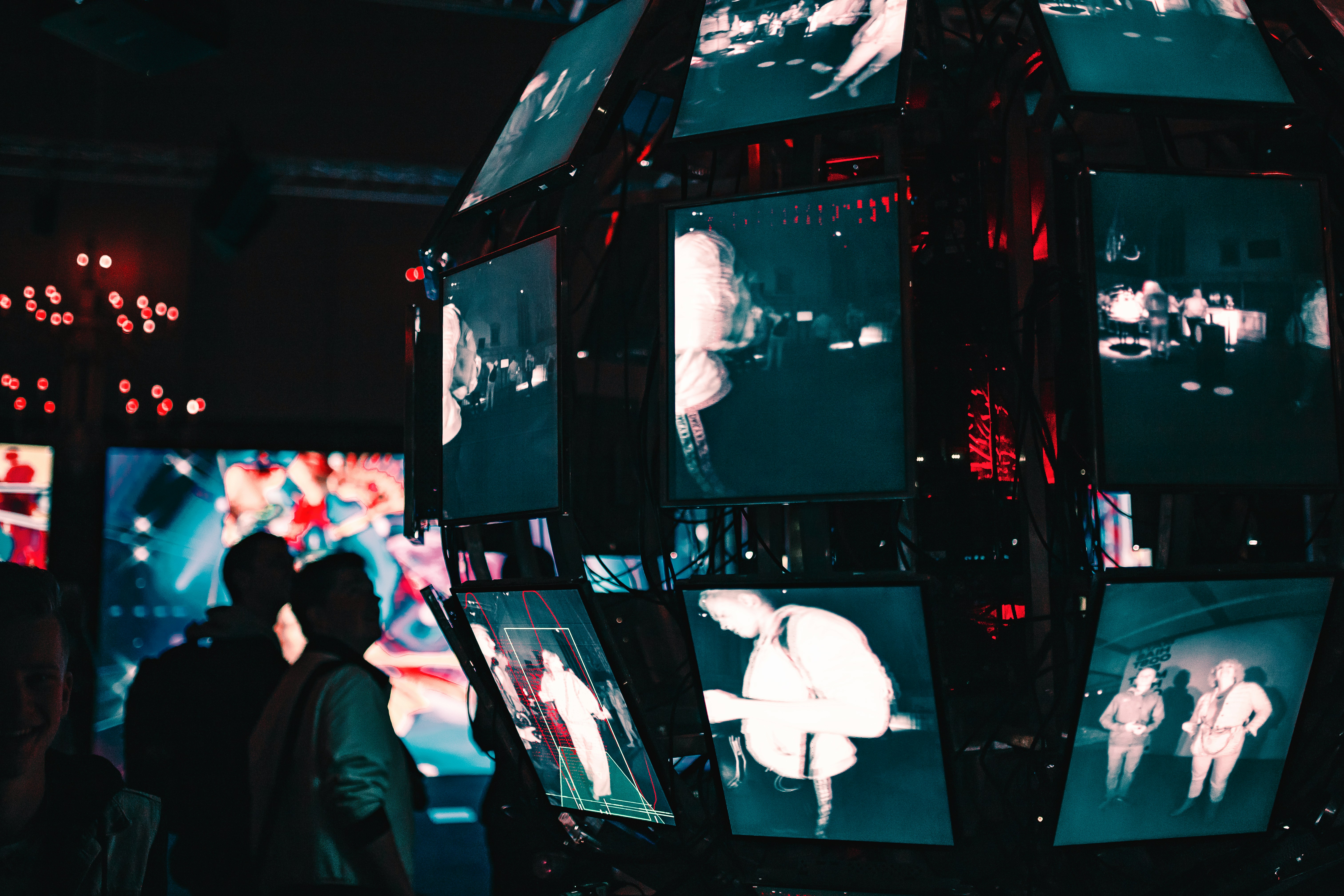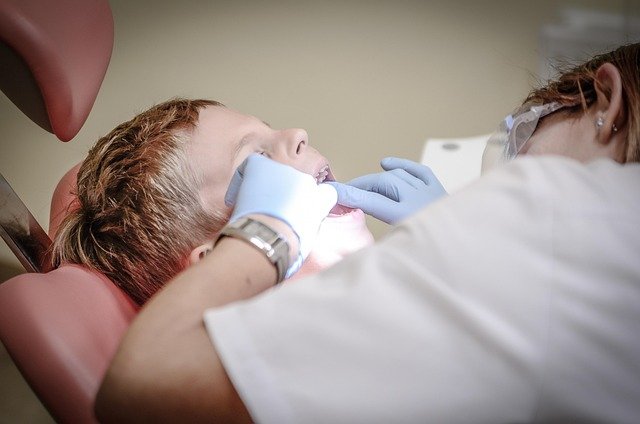Digital Twins: Echoing the Physical World in Pixels
Get ready to dive into the fascinating world of digital twins—virtual replicas of physical objects or systems. This cutting-edge technology is reshaping industries, from manufacturing and healthcare to urban planning and beyond. We'll explore its origins, current applications, and the potential it holds for a future where the boundary between the physical and digital world blurs even further.

The Digital Twin: A Historical Overview
Though the concept of digital twins has recently come to prominence with the rise of Internet of Things (IoT), its roots can be traced back to the Apollo space missions of the 1960s. NASA utilized mirrored systems on earth, known as “twins,” to simulate and diagnose problems in the spacecraft. Fast forward to the present, the advent of IoT, AI, and cloud computing has expanded the concept into a full-fledged technology.
Current Applications: Making Waves Across Industries
In the industrial sector, General Electric has been a pioneer in employing digital twins for predictive maintenance of its jet engines and wind turbines. By creating a digital replica of these machines, they can monitor performance, predict failures, and optimize efficiency.
Similarly, in healthcare, digital twins of human organs are being used for personalized medicine. This allows doctors to simulate the effects of different treatments on a patient’s specific organ model, thus enhancing the precision of treatment.
In urban development, cities like Singapore are leveraging digital twins to create virtual models of the entire city. This aids in urban planning and disaster management by providing accurate simulations of scenarios.
The Future of Digital Twins: A Glimpse into Tomorrow
As technology continues to advance, the applications of digital twins are expected to become more widespread and sophisticated. One area to watch is the integration of digital twins with augmented reality (AR) and virtual reality (VR). This will allow users to interact with the digital twin in a more immersive way, potentially revolutionizing fields like education and training.
Additionally, as 5G networks become more prevalent, the real-time data processing capabilities required for digital twins will improve, opening up new possibilities for applications in autonomous vehicles and smart cities.
Pricing and Market Impact: A Game-Changer in the Making
While the cost of implementing digital twins can vary greatly depending on the complexity of the system being modelled, Gartner estimates that by 2021, half of large industrial companies will use digital twins, resulting in those organizations gaining a 10% improvement in effectiveness. This indicates a significant market impact and a promising return on investment for organizations adopting this technology.
The Intersection of Physical and Digital Worlds
Digital twins represent an exciting convergence of the physical and digital worlds. By creating accurate digital replicas of physical entities, we can analyze, predict, and optimize like never before, paving the way for unprecedented innovation and efficiency. As we move forward into an increasingly digital future, the potential of digital twins is just beginning to be realized.




